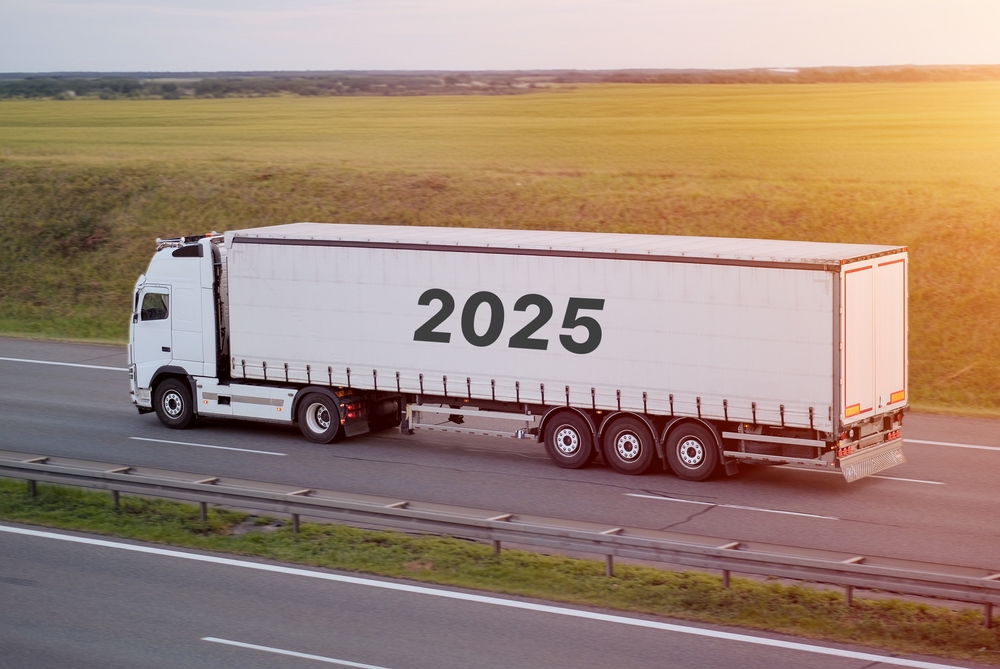

5 Cargo Security Trends to Watch in 2025
The global supply chain is grappling with unprecedented challenges, from geopolitical tensions to rapid technological shifts. Cargo security—critical to maintaining supply chain reliability—has become a priority focus area. In 2025, advancements in technology, cybersecurity demands, and regulatory frameworks are set to redefine how businesses protect their shipments and ensure in-transit visibility.
Here are the five key trends shaping the future of cargo security:
1. AI and Machine Learning Driving Predictive Security
AI and machine learning are transforming how businesses approach cargo security by introducing predictive capabilities. These technologies process massive datasets from shipment logs, environmental conditions, and real-time location feeds to identify potential threats before they escalate.
For example, AI can detect irregular route changes, delayed shipments, or tampered cargo seals, triggering immediate alerts for further investigation. This reduces vulnerabilities and ensures faster decision-making. Predictive analytics can also optimize transit routes to avoid high-risk areas, minimizing exposure to theft or tampering.
By 2025, companies that leverage AI and ML for real-time threat detection and response will achieve enhanced in-transit visibility and fewer disruptions to their operations.
2. Enhanced Cybersecurity Measures for IoT Devices
IoT devices—such as GPS trackers, temperature sensors, and smart locks—have revolutionized cargo tracking and security. However, their increasing adoption has also introduced cybersecurity vulnerabilities, including the risk of device hacking or data breaches.
Ensuring the security of these devices requires multi-layered strategies, including encryption protocols, device authentication, and continuous monitoring. Additionally, companies must regularly update firmware and conduct cybersecurity audits to safeguard IoT networks.
Securing IoT devices requires a multi-layered strategy that addresses various aspects of device management, network security, and ongoing monitoring. As the reliance on IoT for in-transit visibility grows, 2025 will see a surge in cybersecurity investments to protect the digital backbone of supply chain operations, ensuring uninterrupted cargo monitoring.
3. Blockchain for Enhanced Transparency and Security
Blockchain technology offers an immutable ledger that ensures transparency, traceability, and fraud prevention in supply chains. In cargo security, blockchain can verify shipment origins, record real-time handoffs, and track cargo integrity across its journey.
The World Economic Forum highlights blockchain’s potential to revolutionize supply chains by providing transparency and traceability, which are crucial for ensuring product authenticity and ethical sourcing.
For instance, blockchain enables tamper-proof documentation, ensuring that any unauthorized access or changes to cargo are instantly visible. This is particularly critical for high-value or sensitive shipments, such as pharmaceuticals or electronics.
By 2025, blockchain adoption in cargo security will expand significantly, becoming a cornerstone for ensuring end-to-end transparency and trust in global trade.
4. Sustainability-Driven Security Solutions
Sustainability and cargo security are converging as businesses recognize the dual benefits of eco-friendly practices and robust protection measures. For example, solar-powered IoT devices and biodegradable, tamper-evident packaging are being integrated into supply chains.
Sustainability-driven cargo security solutions not only reduce environmental impact but also address growing regulatory requirements and consumer demand for greener practices. These solutions ensure that security enhancements do not compromise environmental goals.
By 2025, companies investing in sustainable cargo security solutions will gain a competitive edge by aligning their operational goals with global sustainability priorities.
5. Stricter Global Regulations and Compliance Requirements
Regulatory bodies worldwide are ramping up compliance requirements to ensure the integrity and security of global supply chains. These measures include advanced electronic documentation, mandatory real-time tracking, and standardized risk management protocols.
Non-compliance can lead to costly penalties, shipment delays, or reputational damage. Companies must proactively adopt technologies and processes that ensure adherence to these evolving standards.
By 2025, stricter regulations will drive the adoption of compliance-centric solutions that integrate security and in-transit visibility to meet international trade expectations seamlessly.
2025 – A Year of Innovation in Cargo Security
The cargo security landscape in 2025 will be defined by advanced technologies, robust cybersecurity frameworks, blockchain integration, sustainable practices, and regulatory compliance. Businesses that embrace these trends will be better equipped to protect their supply chains and maintain operational resilience.
At Contguard, we are at the forefront of these developments. Our cutting-edge solutions provide comprehensive cargo security and in-transit visibility, helping businesses navigate the complexities of modern supply chains.
Learn more about how Contguard can enhance your cargo security strategy.
Get in touch with our experts today.


